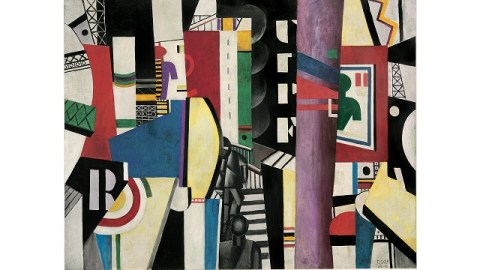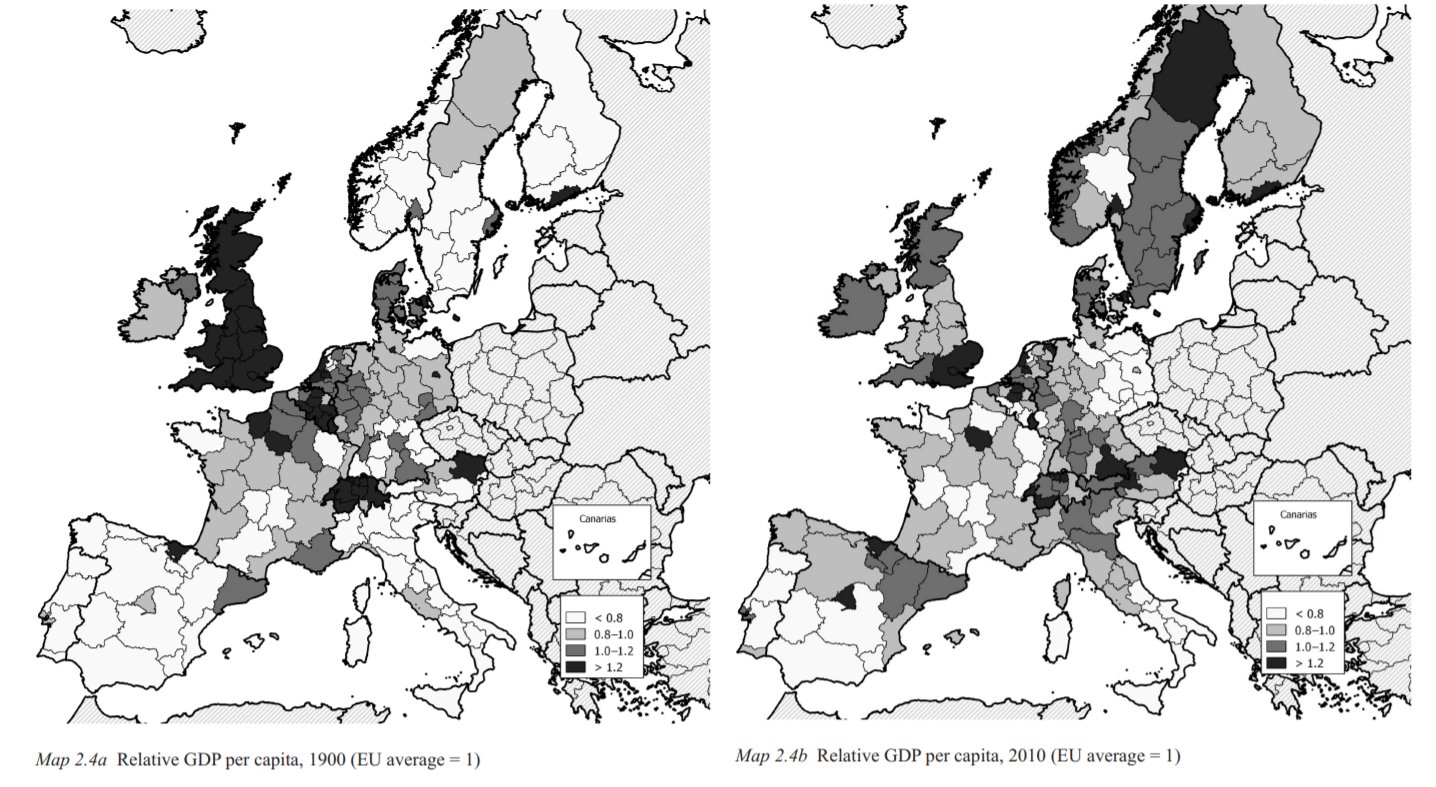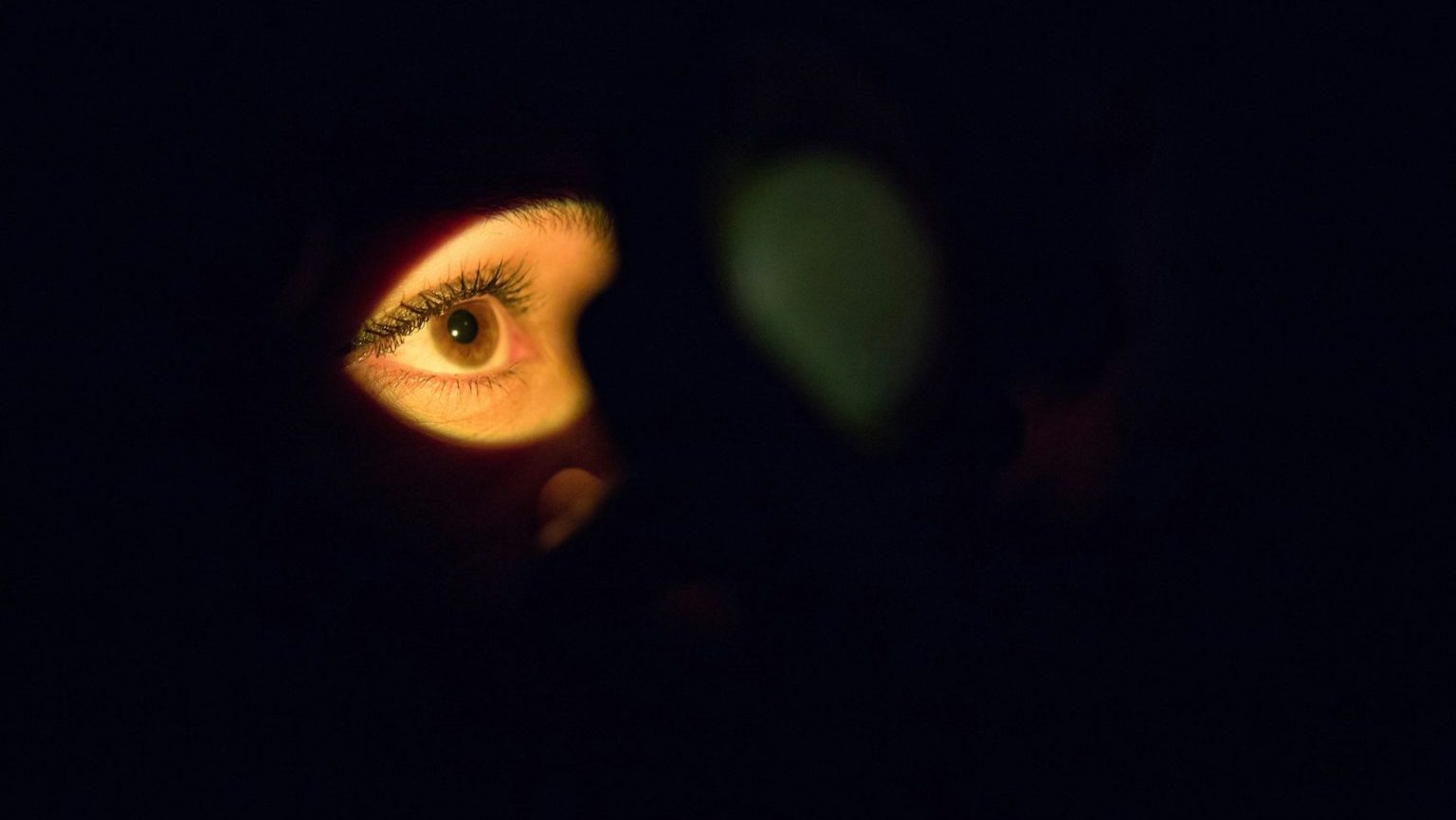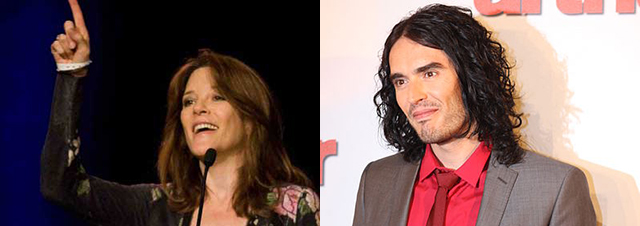How Léger Painted the 20th (and 21st) Century City

“How I’ll gobble Paris up, if I’m lucky enough to go back there!” painter Fernand Léger wrote in a 1915 letter home from the front lines of World War I. Where others may have feared the great modern city, especially during that era of massive mechanized death, Léger loved it to the point of wishing to consume it and make it a part of him. In Léger: Modern Art and the Metropolis, which runs at the Philadelphia Museum of Art through January 5, 2014, Léger’s electrified urbanism powers a fresh look at how his epic painting The City (from 1919; shown above) not only captures the spirit of the age that embraced this new type of living space, but also points the way forward for artists to engage with the metropolises rising around them. A delicious banquet of multimedia that transports you back to 1920s Paris, Léger: Modern Art and the Metropolis simultaneously shocks you with a new perspective on modern life.
Léger left the war not with a dread of the future but with an optimism about where technology could take humanity. He wasn’t alone. As the exhibition shows in its opening, Léger cast off the Impressionism and Post-Impressionism of his earliest work and soaked up the ideas of fellow artists and friends such as Marcel Duchamp, Francis Picabia, Sonia Delaunay-Terk, Robert Delaunay, Alexander Archipenko, Jacques Lipchitz, and others. Cubism, Futurism, Surrealism, and Dada all soon fell into the mix in Léger’s head. The show includes striking examples of Léger’s contemporaries struggling with the same ideas as he was, thus proving visually just how important coming to terms intellectually and artistically with the city was to them. As much as The City and Léger are the stars of the show, the context of how Léger became Léger is just as important.
But if Léger such a major player, why don’t we know him as well as we know, say, Picasso? Curator Anna Vallye addresses that problem early on in the exhibition’s masterfully scholarly catalog. “If Léger’s work has proven at all intractable, it is to the extent that it confounds the roster of binary oppositions we tend to view as fundamental to the history of modern art,” Vallye explains. By “upend[ing] the categorical distinction often drawn between ‘modernism’… and the ‘avant-garde,’” Léger emerges “an artist of radical impurity” in Vallye’s estimation that resists the labeling of art purists. If nothing else, Léger: Modern Art and the Metropolis and its companion catalog help us accept that “radical impurity” not as a flaw but rather as a feature of life in the big city as an artist of the big city.
Although the show includes 179 works in various media by both Léger and his contemporaries, the 800-lb. gorilla in the corner is undoubtedly Léger’s The City. “Like a clarion call, the work resonates across a decade of vital experimentation,” Vallye writes. As big as a billboard, a mural, or (back then) a movie screen, The City was too big to fail to catch the attention of fellow artists, if not collectors and critics. As Christian Derouet describes in his essay, “The Slow Triumph of The City,” The City confounded critics at first. Too big for the taste of most buyers or dealers, The City languished for 6 years in Léger’s studio. Between 1927 and 1935, Léger rolled and unrolled the canvas for exhibitions around the world until A.E. Gallatin purchased The City for his “Museum of Living Art” in 1937. In 1943, when Gallatin donated The City to the PMA, Léger attended the grand opening and even posed in front of his painting as if cheerfully strolling, hat in hand, through his own painted city.
Standing in front of The City can be disorienting. As when standing before a real city, when standing in front of Léger’s City the senses are overwhelmed by choice. Léger proposed a “law of contrasts” in his painting where oppositions in line, form, and color force the eye to move continually but always within the structure itself. Thus, Léger arrived at a style that mimicked the verve and variety of a real city. “The metropolis shook [Léger] like an electrical current in water,” poet Yvan Goll (one of Léger’s contemporaries quoted at length in the catalog) commented in 1922. “In that dynamic experience his energies exploded and tore everything apart.” But, to disagree with Goll, everything didn’t come apart in Léger. Instead, Léger brought it all together. Vallye sees The City’s power coming from “Léger’s invention of an intermediary condition for the work, at once painting and not-painting, in which painting begins to assume the qualities of cultural forms less venerable and less elite—the ‘minor’ and ‘commercial’ arts, and the mass media.” Léger thus invites a “fateful and exhilarating contamination” that opens the door to Pop Art and everything since. Today, we’re all Léger, but he did it nearly a century ago.
The exhibition truly pops when you see how Léger and his like-minded contemporaries embraced the multimedia of the time beyond just painting and sculpture. Advertising posters, theatrical backdrops and scenery, oddly fascinating Cubist puppets, and costume designs surround you. As you walk through the show you hear the music of Erik Satie, Darius Milhaud, and others provide the soundtracks to the different experimental films of the time, which are projected high on the walls. Léger traced his love of the cinema seeing a film by Charles Chaplin, or as the French called him, “Charlot,” while on leave from the front. Léger announced Chaplin as “The Man-Image—the first man-image” inseparably linking modern film technology and the individual, just as Léger wanted to link the modern city and the individual. Léger used a marionette “Charlot” in the opening of his 1924 film Ballet mechanique as an emblem of the human form made into another object in the set of objects comprising city life. I’m not sure the Chaplin of 1936’s Modern Times would agree with Léger’s interpretation, but Léger seemed more interested in his idea of Chaplin than in the man himself or what he had to say.
Another film that caught my eye was Marcel L’Herbier’s L’inhumaine (“The Inhuman One,” from 1924), for which Léger created set designs and advertising posters for. In that film, a scientist (played by Jaque Catelain) tries to resurrect his beloved, an opera diva (played by Georgette Leblanc) poisoned by a rival for her heart. The scientist frantically races about a futuristic laboratory designed by Léger as his love lies still on a high platform like a princess awaiting her awakening prince. L’inhumaine is the anti-Frankenstein, a film that wouldn’t be made for another 7 years. Where James Whale later took Mary Shelley’s novel, Colin Clive obsessive mania, and Boris Karloff’s ponderous menace to add up to a straightforward condemnation of playing god via science, L’Herbier and Léger wrote a valentine to the idea of using that same technology for good, for life. Similarly, The City aims to put a friendly face on something we often see solely as monstrous.
But what does Léger’s art mean for the 21st century and the modern city? Critics often joked that Léger’s tubular shapes weren’t Cubism but “Tubism.” For whatever reason, that made me think of late Senator Ted Stevens’ belief that the internet was “a series of tubes.” I don’t think Léger would have agreed with Stevens’ politics, but I think he’d enjoy his analogy in the sense that it stresses the connectivity of the internet, the way that it can bring people together. Today, the biggest city, the biggest community, is the internet. If Léger were painting today, perhaps The City would be The ‘Net, just as complex, diverse, and multifaceted, and perhaps just as life-affirming and inspiring as Paris in the 1920s.
“To be free and yet not to lose touch with reality,” Léger once said, “that is the drama of that epic figure who is variously called inventor, artist or poet.” Léger never gave up that pursuit of freedom grounded in the reality of the city. When he travelled to America in the late 1930s, he created in New York City a series of works for a never-realized mural that features The Statue of Liberty, that French gift to America now synonymous with freedom. The last work chronologically in the show by Léger, done just a year before his death in 1955, is titled simply Man in the City. Léger: Modern Art and the Metropolis shows us that there is a place for humanity in the city and the new “metropolis” of the internet in the 21st century, if only we stretch our imaginations to find one.
[Image:The City, 1919. Fernand Léger, French, 1881-1955. Oil on canvas, 7 feet 7 inches x 9 feet 9 1/2 inches (231.1 x 298.4 cm). Philadelphia Museum of Art, A. E. Gallatin Collection, 1952. © Artists Rights Society (ARS), New York / ADAGP, Paris.]
[Many thanks to the Philadelphia Museum of Art for providing me with the image above from, press materials for, a review copy of the catalog to, and a pass to see the exhibition Léger: Modern Art and the Metropolis, which runs through January 5, 2014.]





